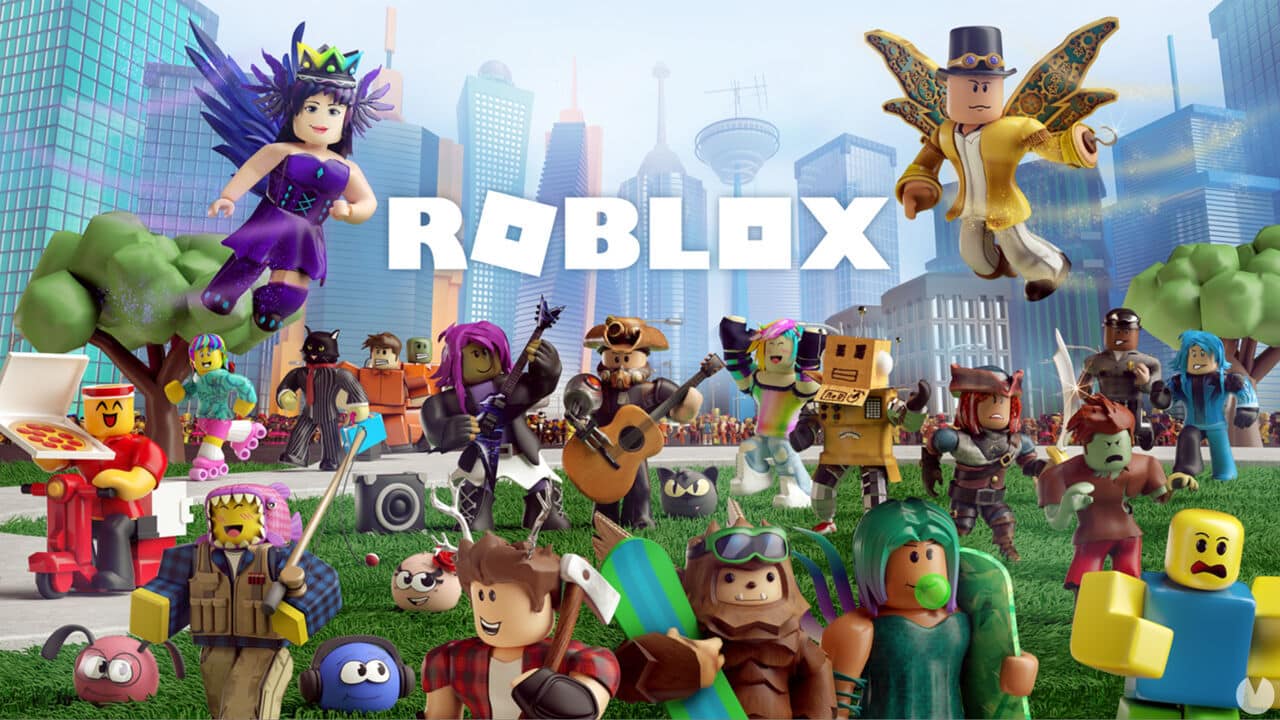Adverts
Entering the world of sewing may seem like a challenge, but with the right guidance, it is possible to transform this skill into a pleasurable and even profitable activity.
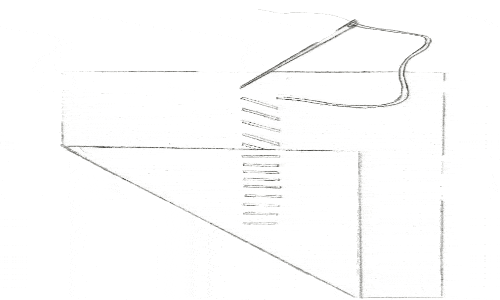
Whether you want to make your own clothes, alter old pieces or bring unique creations to life, sewing is a practical and accessible art for anyone who wants to get started.
Adverts
This guide is designed especially for those who are just starting out. We’ll explore the essential tools you need, how to choose a suitable sewing machine for beginners, and even tips on the ideal fabrics and materials to get you started with ease.
Plus, you'll learn basic techniques that will help you build confidence and create simple yet delightful projects. 🧵
Adverts
We'll also cover how to avoid the most common mistakes made by beginners and give you suggestions for easy projects to practice and improve your skills. All of this in a practical way, so that learning is easy and efficient. ✂️
Whether it’s to develop a hobby or open up new income opportunities, diving into the world of sewing can be the start of a creative and rewarding journey. Read on to find out how to start this adventure easily and safely. 🪡
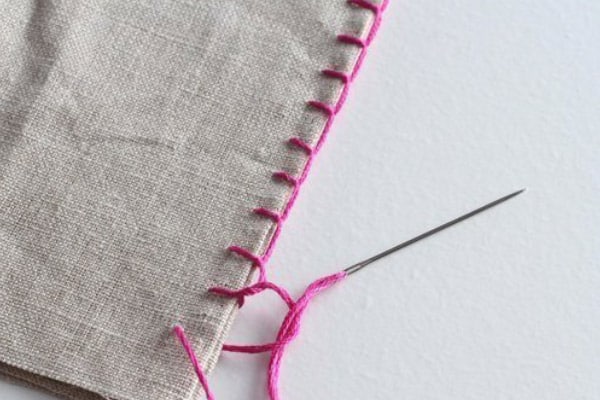
Choosing the Right Materials to Get Started 🧵
Before you dive into the creative world of sewing, it’s important to gather the right materials. As a beginner, you don’t need a whole arsenal of tools; just start with the basics. This makes it easier to learn and less intimidating. After all, sewing should be a fun and relaxing activity!
The essential items for your journey
To get started, you will need some essential materials that will make all the difference in the process. See the list below:
- Sewing machine: Opt for a simple, easy-to-use model that’s ideal for beginners. Some brands offer compact, affordable machines that are perfect for getting started.
- Fabric scissors: Sharp, fabric-specific scissors are essential for precise cuts.
- Tape measures: Measuring is a crucial step in ensuring your pieces are the size you want.
- Needles and pins: Have different sizes to meet different needs, whether sewing by hand or machine.
- Lines: Choose basic colors like white, black, and beige to start.
- Fabrics: Choose cotton or calico fabrics, which are easier to handle.
- Seam ripper: A real lifesaver for correcting common mistakes.
Tips for saving on your first materials
If you’re on a tight budget, don’t worry! Look for beginner kits that many sewing stores offer. Another idea is to repurpose materials, such as old clothes, for your first few tests. In addition to being economical, it’s a sustainable way to learn. 🌱 Craft fairs and swap groups can also be great sources of affordable tools and fabrics.
Related articles:
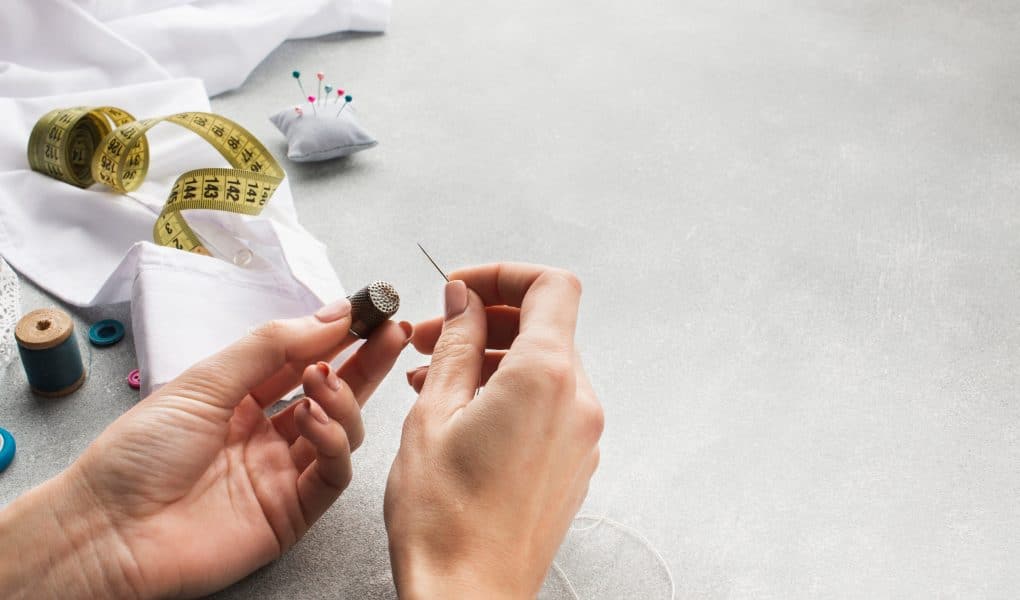
Master the First Steps: Sewing by Hand and Machine
With your materials in hand, it’s time to get your hands dirty (or your fabrics)! For beginners, learning can be easier if you try both hand sewing and machine sewing. Each technique has its own particularities, and understanding both will broaden your creative repertoire.
Hand Sewing: The Basics You Need to Know
Hand sewing is a timeless skill and a great place to start for beginners. It allows you to understand how fabrics behave and improve your hand-eye coordination before you venture out with a sewing machine.
- Basting stitch: This is the most basic stitch, ideal for temporarily joining pieces of fabric together.
- Back stitch: Strong and durable, it is perfect for permanent seams.
- Buttonhole stitch: Essential for finishing edges or creating decorative details.
Tip: Practice on old scraps of fabric before applying the stitches to a real project. This will help you gain confidence and avoid frustration.
Machine Sewing: Demystifying the Process
While it may seem intimidating at first, machine sewing is a liberating skill. Here are some tips to get you started:
- Read the manual: Every machine is different, and understanding the basic functions of yours is essential.
- Practice pedal control: Start slowly and increase the speed as you feel comfortable.
- Test the points: Familiarize yourself with machine stitch types, such as straight and zigzag.
- Use scraps: Try sewing on scraps of fabric before working on your main project.
Over time, practice makes machine sewing second nature and second nature. Be patient with yourself and celebrate every small victory! 🎉
First Projects for Beginners: Start Simple
Now that you’ve mastered the basic materials and techniques, it’s time to put your knowledge into practice. Choosing simple projects is the best way to gain experience and see results quickly, which helps keep you motivated.
Easy and functional project ideas
To start, opt for projects that require less elaborate cutting and sewing. Here are some suggestions:
- Pocket square: A simple square of fabric, ideal for practicing straight stitching.
- Bread bag: A fabric drawstring bag, great for learning how to hem and sew channels.
- Basic pillow: A filled rectangle or square, perfect for enhancing straight stitches.
- Ecobag: A reusable bag that teaches you how to sew handles and reinforcements.
These projects are quick to complete and provide a great sense of accomplishment. Plus, many of them are useful in everyday life and can even serve as personalized gifts. 🎁
How to Avoid Common Mistakes When Getting Started
It's natural to make mistakes at first, but some mistakes can be avoided with care and patience. For example:
- Choose simple fabrics: Avoid slippery or very thick materials, such as satin or denim, which can be difficult to handle.
- Don't skip steps: Measuring and marking correctly before cutting makes all the difference in the final result.
- Review your line: Make sure the thread is correctly inserted into the machine to avoid failure.
Remember: every mistake is a learning opportunity. Learn to laugh at your failures and move on!
Inspiration and Continuous Learning: Expanding Your Skills
Sewing is an ever-evolving art. As you become more comfortable with the basic techniques, you can begin to explore more complex and challenging projects. Additionally, it’s important to seek inspiration and continue learning to keep your passion for sewing alive.
Where to find inspiration for new projects
Inspiration is everywhere! Here are some sources that can spark your creativity:
- Social media: Platforms like Pinterest and Instagram are full of amazing tutorials and ideas.
- Sewing communities: Join online or in-person groups to exchange ideas and learn from others.
- Books and magazines: Sewing-specific publications are great for finding detailed projects.
- Video tutorials: YouTube and other video platforms are full of step-by-step guides.
Also, take a look at your own daily routine. Often times, a need for something, like a drawer organizer or a pillow cover, can turn into a creative project. ✨
Learning new techniques: the next step
Once you've mastered the basics, you can start exploring more advanced techniques, such as:
- Embroidery: Add unique details to your pieces.
- Patchwork: Create colorful, intricate patterns by joining fabric scraps together.
- Sewing clothes: Try making simple pieces, like skirts or pajamas.
- Customization: Transform old clothes into new, stylish pieces.
Remember that sewing is a process of constant learning. Don't be afraid to make mistakes, test and reinvent yourself. Each stitch you make is a step towards mastering this incredible art! 🪡
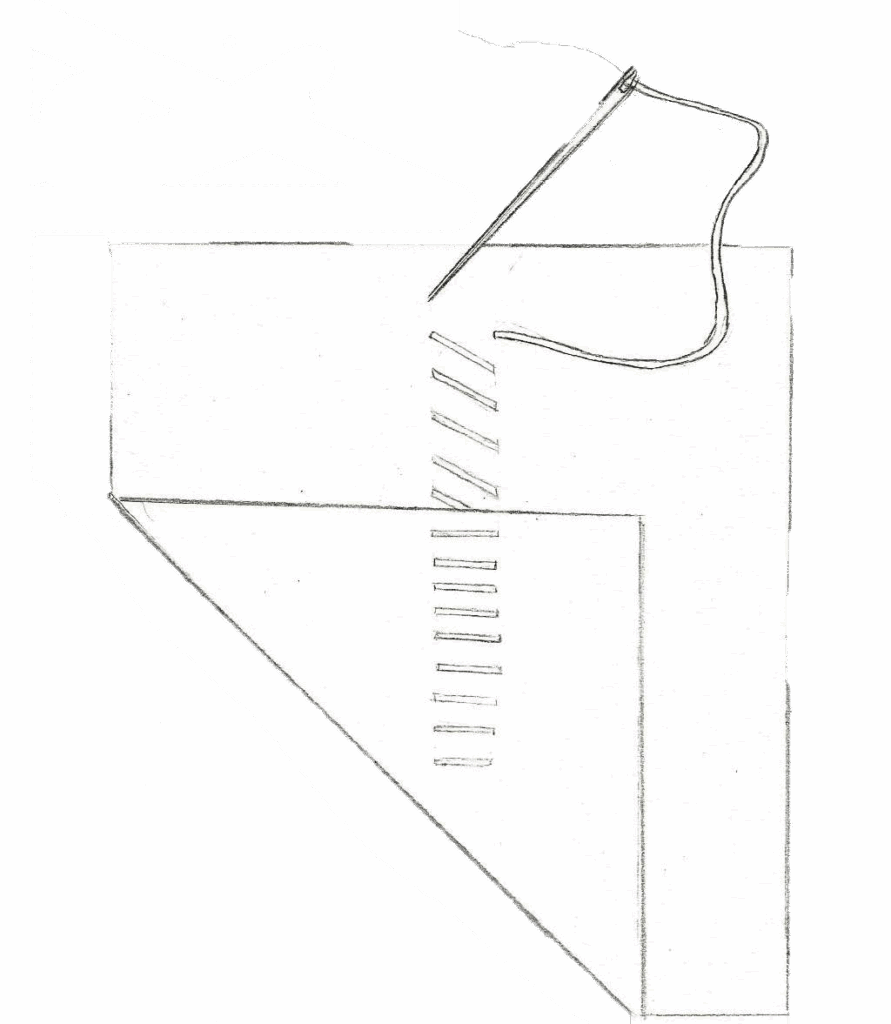
Conclusion
Completing your journey to becoming a sewing professional can seem daunting at first, but as we’ve seen throughout this practical guide for beginners, it all starts with small steps and a lot of patience. 🧵 Sewing is a valuable and versatile skill that can bring a lot of personal satisfaction, as well as being a creative way to save money or even generate extra income.
With the right tools, like a basic sewing machine, quality scissors, and the right fabrics, you’ll be well on your way. Most importantly, taking the time to practice and learn from your mistakes will help build your confidence and skills. ✂️ Remember to explore tutorials and simple projects to expand your knowledge, and don’t be afraid to try new techniques.
In short, getting started in the world of sewing is accessible to everyone, regardless of their experience. With dedication, you can turn this activity into a passionate hobby or even a profitable business. So, how about taking your first stitch today? 😍 Explore your creativity, have fun and start sewing with ease!
We hope this guide was helpful to you! Share your experiences or questions in the comments below. ✨



